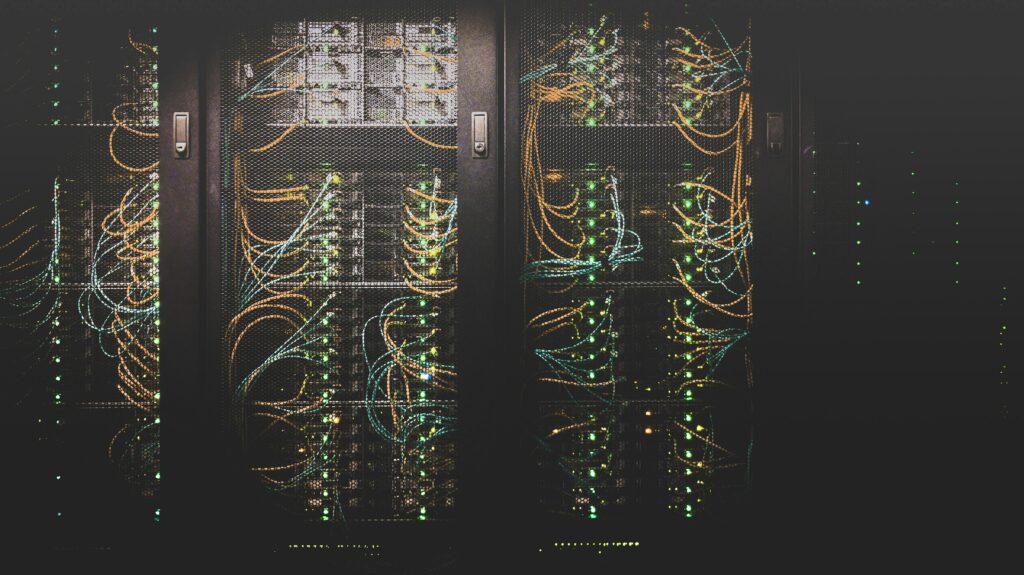Today, big data and modern databases are the backbone of information management.
Did you know that before the rise of cloud computing or AI analytics, the roots of these technologies can be traced back to libraries, census offices and one interesting machine: the UNIVAC I?
Let’s talk about the early evolution of data centers and how they became the powerful digital infrastructure we rely on today.
The Beginnings of Data Management
The early difficulties in managing large amounts of data began in libraries and government census offices.
Faced with an ever-growing volume of data, these institutions had to find innovative ways to store and access information efficiently.
This need led to increasingly sophisticated data storage methods that would eventually shape modern computing.
1890: Herman Hollerith and the Invention of Punched Cards
The real turning point came in 1890 when Herman Hollerith, a statistician, inventor and businessman, introduced the punched card system for the U.S. Census.
These rigid cards, which stored data in the form of holes, revolutionized administrative tasks by offering a fast, mechanical way to encode and process information.
Punched cards quickly became the standard for data processing throughout the early 20th century.
1930s -1950s: From Punched Cards to Electronic Memory
As technology advanced, punched card systems gave way to electromechanical storage and eventually to electronic memory.
With the growing need to process massive data sets, what we now call “big data,” focus shifted toward developing computer databases that could handle this scale.
1950s: Enter UNIVAC I, the First Commercial Computer for Big Data
In the early 1950s, the company Remington Rand unveiled the UNIVAC I (Universal Automatic Computer I).
This groundbreaking machine was capable of processing millions of operations per second and using magnetic tape for data storage. The U.S. Census Bureau acquired the UNIVAC I to handle the increasingly complex and voluminous data it was collecting.
1952: UNIVAC and the U.S. Presidential Election
The UNIVAC I gained national fame during the 1952 U.S. presidential election when the CBS television network used it to predict the election results.
Despite human skepticism, UNIVAC predicted that Dwight D. Eisenhower would win with 438 electoral votes. In the end, Eisenhower won 442 electoral votes. It was a remarkably accurate forecast, just 3 votes off.
This moment marked the beginning of computer-assisted political forecasting and changed the public’s perception of machine intelligence forever.
UNIVAC I’s Legacy in Computing Today
Following its success, 46 units of UNIVAC I were sold. Initially priced at $159,000, its cost later soared to $1.5 million.
With a weight of 13 tons and just 12KB of RAM, UNIVAC was a technological marvel of its time. To put that in perspective, the smartphone you have in your pocket has millions of times more memory.
Despite its limited resources by today’s standards, UNIVAC I laid the foundation for the evolution of data analytics, predictive computing and database systems.
Ready to Power Your Next Data-Driven Breakthrough?
What began as a way to simplify the U.S. Census has evolved into a global, digital infrastructure supporting artificial intelligence, cloud computing, and real-time data analytics.
The journey from punched cards to electronic brains like the UNIVAC I reveals just how far data science and information technology have come and how crucial their origins still are to understanding the tools we use today.
Check out how Massed Compute can support your growth with secure, scalable and cost-effective compute power on the cloud.
Sign up and check out our marketplace today! Use the coupon code MassedComputeResearch for 15% off any GPU rental.

